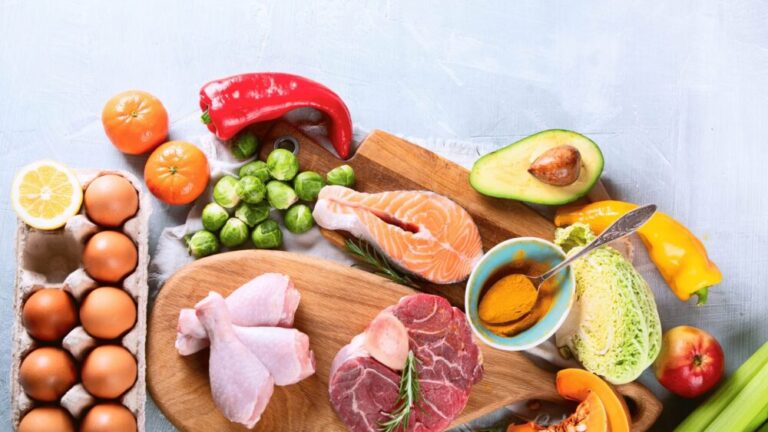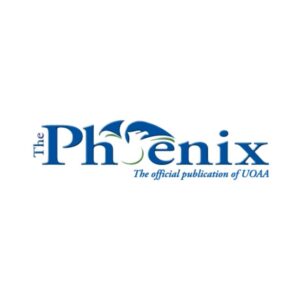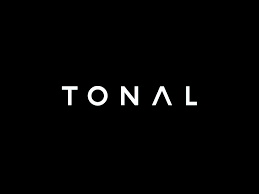Lectin Foods: What Are They & Should You Avoid Them With IBD?
Danielle Gaffen, MS, RDN, LD
- Last Updated
Co-written by Natalie Torres
Many people with inflammatory bowel disease (IBD) may wonder what lectins in food are, which foods are sources of lectins, and if they should be avoided with IBD. Here are the key things to know.
You’ve probably heard the term “lectins” buzzing around in the health and wellness world, but do you know what they are and how they impact your health? Perhaps you’ve even come across the phrases “lectin-free diet” or “foods with lectins”.
In my role as an IBD dietitian, I’ve often encountered clients with Crohn’s or colitis who are curious about the effects of lectins on their health. Through extensive research and client experiences, I’ve seen firsthand the varying dietary reactions to lectins. It’s not just a fleeting health trend. Understanding the role of lectins can be crucial for those striving for better health and symptom relief.
So, I’ve gathered the key things to know, and my recommendations for how to navigate lectins with IBD. Read on to explore the world of lectin foods in depth.
What are Lectins in Food?
Lectins in food are a type of protein that binds to carbohydrates. Found on the outer layer of plant foods, they act as a protective shield, ensuring the plant’s survival by resisting pests and insects.
However, this very property of resisting breakdown, which benefits plants, can be problematic when these foods are consumed by humans. As you may guess, lectins can resist breakdown in our digestive tracts.
When are Lectins in Their Active vs. Inactive State?
Lectins, when referred to in their “active state,” mean that they are still capable of exhibiting their inherent properties—binding to carbohydrates and resisting breakdown. This is the state in which they naturally exist within raw plant foods to protect the plant. When we consume foods with these active lectins, our body may struggle to digest them properly because of this resistance.
On the other hand, the inactive state refers to when the lectins have been rendered ineffective, usually through processes like soaking or cooking. In this state, the problematic properties of lectins are significantly reduced or nullified, making the food easier to digest and less likely to cause potential adverse effects.
How Do Lectin Foods Impact IBD?
Consuming lectin-containing foods has been shown to provide numerous health benefits, especially for those with IBD. Foods rich in lectins often come with anti-inflammatory properties and support the gut microbiome—two crucial aspects when managing IBD. They’re also packed with essential vitamins and minerals that are beneficial for those with IBD.
To achieve a balance, it might be helpful to learn which foods are high in lectins and how to reduce their lectin content through preparation methods. This approach can enable those with IBD to enjoy the benefits of these foods while minimizing any potential discomfort.
Evidence on Fiber-Containing Lectin Foods and IBD
Additionally, consuming fiber-containing lectin foods is associated with a reduced risk for Crohn’s flare-ups. This 2015 study found that Crohn’s patients in remission who ate the most grams of fiber per day were least likely to have a flare within 6 months compared with Crohn’s patients in remission who ate fewer grams of fiber per day.
However, individual reactions can vary. While many thrive on a diet rich in lectin-containing foods, some with IBD might experience gastrointestinal symptoms after consumption. It’s essential to recognize these individual sensitivities and act accordingly.
Are Lectins Bad for You?
Lectins consumed in their active state can travel through the gut and potentially cause harm. Some research has found that active lectins can bind to cells in the digestive system. This binding may have the following negative consequences:
- Disruption of the breakdown of nutrients
- Interference with the absorption of essential minerals
- Influence on the function of the gut microbiome
- Triggering of autoimmune responses
- Bloating, gas, and/or diarrhea
- Nausea, vomiting, and/or stomach pain
Research Findings: Negative Effects of Lectins
According to the findings of this 2022 study, undigested lectins may enter the bloodstream, which may trigger an immune response and provoke the development of certain autoimmune disorders.
It’s important to note that this response was observed in only 8-15% of the subjects tested, all of whom reported prior intolerances to lectin-containing foods.
Food Sources of Lectins
Many foods contain lectins, but the following are known to have the highest lectin content:
- Legumes: Including beans, lentils, peas, soybeans, and peanuts
- Whole Grains: Such as oats, wheat, rice, and barley
- Nightshade Vegetables: Including tomatoes, potatoes, eggplants, and peppers
- Dairy Products: Especially certain aged cheeses
- Nuts & Seeds: Particularly almonds, cashews, and pumpkin seeds
- Fruits: Such as bananas (especially when unripe), watermelon, and grapes
To help you navigate the world of lectins, we’ve also created free PDF download of this comprehensive Foods High in Lectins list. It’s an easy-reference document that you can download and keep on your phone or print for your convenience.
Lectin-Free Food List
For those keen on reducing their lectin intake, there’s no shortage of nutritious options. The following foods are known to have lower lectin content:
- Berries: Ripe berries like blueberries, blackberries, cherries, cranberries, raspberries, and strawberries
- Leafy Greens: Including arugula, spinach, chard, and mustard/turnip/collard greens
- Cruciferous Vegetables: Broccoli, cauliflower, cabbage, bok choy, and brussels sprouts are examples
- Some Root Vegetables: Carrots, beets, radishes, and sweet potatoes
- Mushrooms: Various types are low in lectins
- Allium Vegetables: Onions, leeks, scallions, and garlic
- Certain Fats: Avocados, olive oil, and butter
- Selected Nuts: Pecans, pistachios, pine nuts, flax seeds, hemp seeds, sesame seeds, and Brazil nuts
- Animal Proteins: While fish, beef, and chicken are generally low in lectins, it’s best to consume eggs in moderation due to their variable lectin content.
Lectin-Free and Low-Lectin Recipes
On our site, we have a range of delicious recipes that are low in lectins you can enjoy as well:
- Asparagus & Mushroom Frittata (Gluten-Free)
- Pan Seared Chilean Sea Bass with Crispy Capers
- Honey Glazed Carrots
- Avocado Pudding
Take Home Message
While lectin-containing foods may provide many health benefits for people with IBD, some individuals may wish to explore a low-lectin or lectin free eating pattern. Knowing which foods contain lectins and the preparation methods effective in reducing their lectin content can be a helpful component of managing IBD symptoms while still allowing for a varied diet.
Looking for personalized guidance? Working with an IBD dietitian is the best way to achieve personalized guidance tailored to your specific needs and conditions. Here are the ways we can help:
- Virtual IBD Nutrition Coaching
- One-on-one personalized guidance tailored to your unique IBD challenges and goals.
- Eating for Remission Program
- A self-paced 12-week interactive program tailored to those with IBD.
- IBD Warrior Community











































